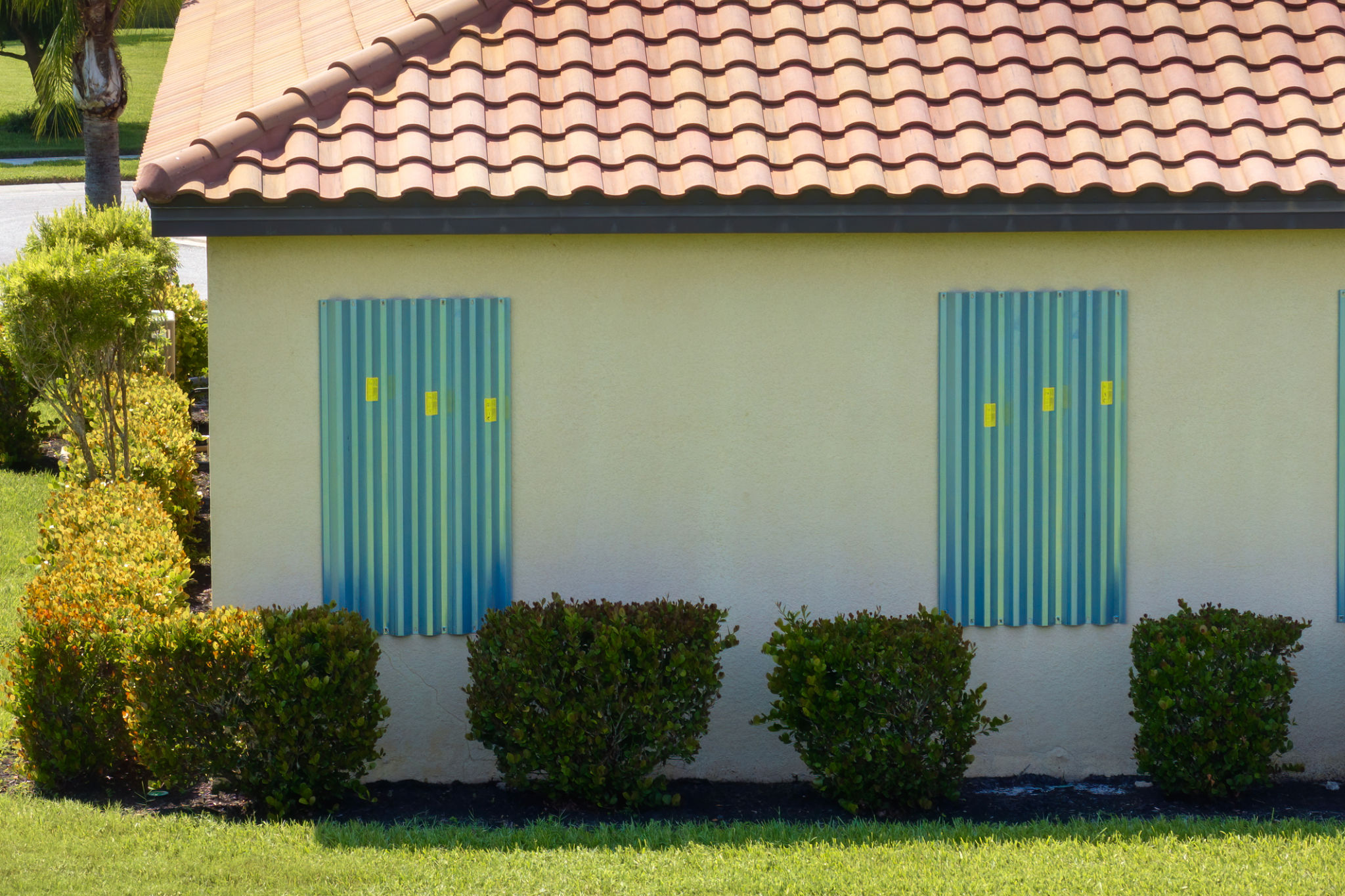Preparing Walton County High-Rises for Hurricane Season: An Expert Guide
Understanding the Risks of Hurricane Season
Hurricane season poses a significant threat to high-rise buildings in Walton County. With their towering structures, these buildings are particularly vulnerable to high winds and flying debris. Understanding the potential risks is the first step in preparing effectively. Ensuring the safety of residents and minimizing property damage requires a meticulous approach to hurricane preparedness.
High-rise buildings face unique challenges during hurricanes, including increased wind speeds at higher altitudes and potential structural damage. By being proactive and informed, building managers and residents can take steps to mitigate these risks and enhance safety measures.

Conducting a Comprehensive Risk Assessment
Before hurricane season begins, it is crucial to conduct a comprehensive risk assessment of the building. This involves evaluating the structural integrity of the building, including windows, doors, and rooftops. Hiring a professional engineer or building inspector can provide valuable insights into potential vulnerabilities.
Pay special attention to any previous damage or areas that may need reinforcement. This assessment should culminate in a detailed action plan that addresses identified risks and outlines steps for fortification.
Strengthening Windows and Doors
Windows and doors are often the most vulnerable parts of a high-rise during a hurricane. Reinforcing these elements is critical to prevent wind and water damage. Installing storm shutters or impact-resistant glass can significantly reduce the risk of breakage.
Consider using additional sealing techniques to prevent water infiltration. Regularly inspect and maintain these protective measures to ensure they remain effective throughout the hurricane season.

Ensuring Emergency Preparedness
Having a well-developed emergency plan is essential for the safety of all residents. This plan should include evacuation routes, designated safe areas within the building, and protocols for communication during a storm. Regular drills can help familiarize residents with the procedures and ensure everyone knows their roles in an emergency.
Additionally, prepare an emergency supply kit for each unit with essentials such as water, non-perishable food, flashlights, batteries, and first-aid supplies. These kits should be easily accessible and checked regularly for expired items.
Maintaining Building Systems
High-rises rely on complex systems such as elevators, HVAC units, and electrical systems that need special attention before a hurricane. Ensure all systems are regularly serviced and have backup power sources in place. Elevators should be disabled during a storm to prevent malfunctions.
Conducting regular maintenance checks on these systems will help identify any issues that need to be addressed before they become critical during a hurricane event.

Communicating with Residents
Effective communication is vital during hurricane season. Keep residents informed about preparedness plans, safety tips, and any changes to building operations through newsletters, emails, or an online portal. Providing clear and concise information helps reduce anxiety and ensures everyone is on the same page.
Establishing a point of contact for residents to voice concerns or request assistance can further enhance communication efforts within the community.
Reviewing Insurance Coverage
Reviewing insurance coverage is a critical step in hurricane preparedness. Ensure that the building's insurance policy covers potential hurricane-related damages. It may also be beneficial to discuss additional coverage options with your insurance provider to address specific risks associated with high-rise buildings.
A thorough understanding of policy terms and conditions will help streamline the claims process should damage occur during a hurricane.

Continuous Improvement
Preparing Walton County high-rises for hurricane season is an ongoing process. After each hurricane season, evaluate the effectiveness of your preparedness efforts and identify areas for improvement. Gathering feedback from residents and building staff can provide valuable insights into what worked well and what could be enhanced.
By remaining vigilant and committed to continuous improvement, high-rise buildings can better withstand the challenges posed by future hurricanes, ensuring the safety and security of all who reside within them.
